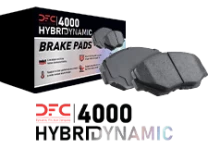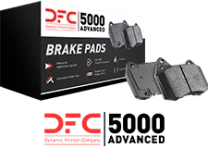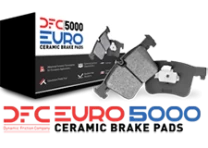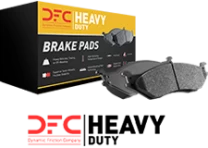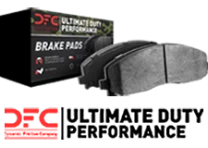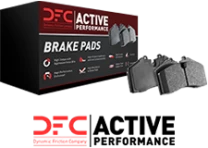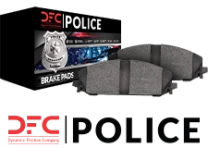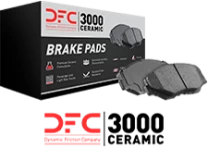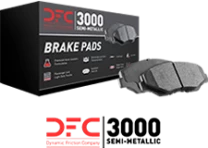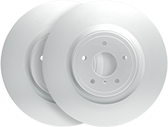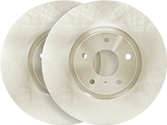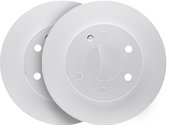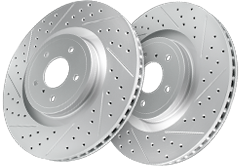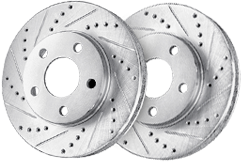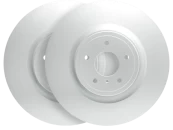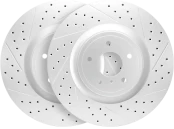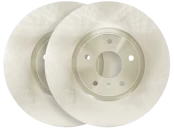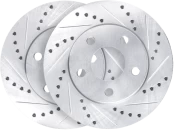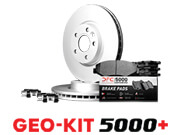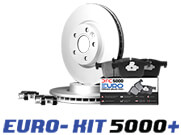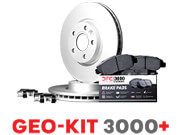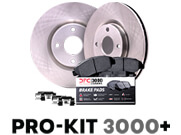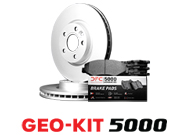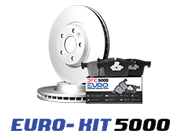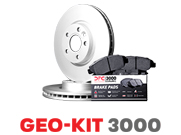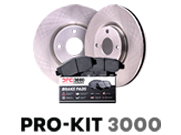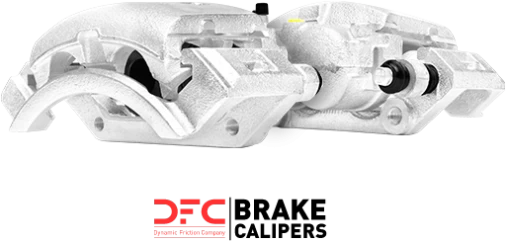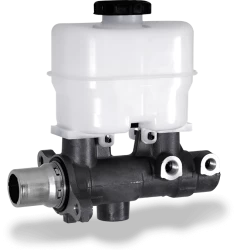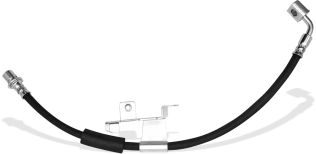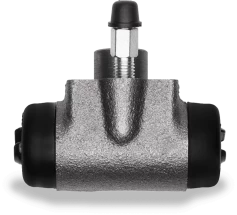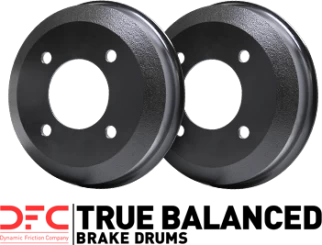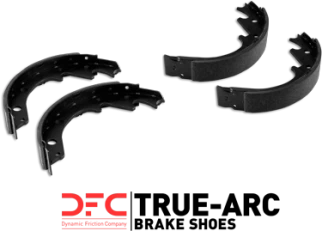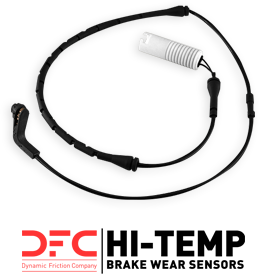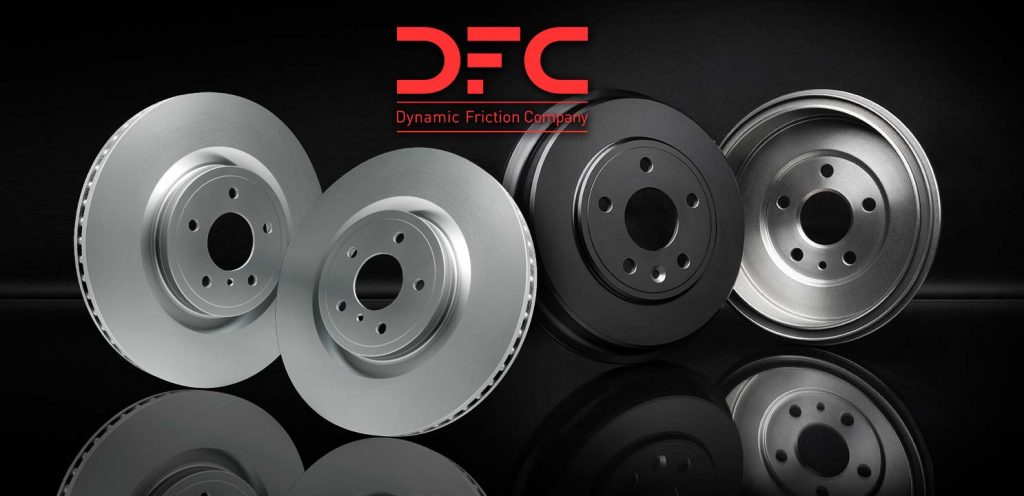
In the transportation and logistics industry, safety isn’t just a priority—it’s a necessity. Fleet managers must ensure their vehicles meet rigorous safety standards while operating efficiently under heavy demands. One critical area that directly impacts safety and performance is the braking system, including high-quality brake discs. More fleets are now opting for premium brake options to achieve superior stopping power, enhanced durability, and consistent performance. Here’s why premium brakes are becoming the go-to solution for fleet safety.
Understanding Brake Options
When it comes to choosing the right brakes for your vehicle, there are several options to consider. Understanding the different types of brakes and their characteristics can help you make an informed decision. Here are some key factors to consider:
- Brake Type: There are several types of brakes, including disc brakes, drum brakes, and carbon-ceramic brakes. Each type has its own strengths and weaknesses, and some are better suited to certain types of driving. For instance, disc brakes are known for their superior stopping power and heat dissipation, making them ideal for high-performance vehicles and heavy-duty applications.
- Brake Material: Brake pads and rotors can be made from a variety of materials, including ceramic, semi-metallic, and organic. Ceramic brake pads offer low dust and long-lasting performance, while semi-metallic pads provide excellent stopping power and durability. Organic pads, on the other hand, are quieter but may wear out faster.
- Brake Size: The size of your brakes can significantly affect their performance. Larger brakes can provide better stopping power, which is crucial for fleet vehicles carrying heavy loads. However, they may also be heavier and more expensive, so it’s essential to balance performance needs with budget constraints.
- Brake Brand: There are many different brake brands available, each with its own reputation for quality and performance. Choosing a reputable brand like Dynamic Friction Company, ensures that you get reliable and high-quality brake components.
By considering these factors, you can choose the right brakes for your vehicle and driving style, ensuring optimal performance and safety.
1. Enhanced Safety for Heavy-Duty Use
Fleet vehicles often carry significant loads, making reliable braking systems essential to prevent accidents. Premium brakes, such as DFC Heavy Duty Brake Pads, DFC POLICE Brake Pads or GeoSpec Coated Brake Rotors, are engineered for high-performance applications.
These brake components deliver superior stopping power even in extreme conditions, ensuring optimal performance for trucks, delivery vans, or law enforcement vehicles. With advanced materials and designs, premium brakes provide consistent braking distances, reducing the risk of collisions.
2. Extended Durability Reduces Downtime
Fleets operate on tight schedules, where vehicle downtime can be costly. Premium brake components, like DFC’s high-carbon rotors and post-cured brake pads, offer extended durability, minimizing the need for frequent replacements.
High-quality materials resist wear, heat, and corrosion better than standard options, making them a cost-effective investment in the long term. For instance, DFC GeoSpec Coated Brake Rotors feature superior rust resistance, ensuring reliable performance across varied weather conditions.
3. Reduced Noise and Vibration for Driver Comfort
Driver comfort is a significant concern for fleet managers, especially for long-haul drivers. Premium brake systems often include features like rubber-steel-rubber shims and chamfered designs to minimize noise and vibrations.
For example, DFC brake pads are specifically designed to improve NVH (noise, vibration, and harshness) characteristics, providing a smoother and quieter ride. This not only enhances driver satisfaction but also reduces wear on other vehicle components.
4. Compliance with Industry Standards
Regulations surrounding vehicle safety and environmental impact are stricter than ever. Premium brakes are designed to meet or exceed these standards.
For example, DFC brake pads are 100% asbestos-free and copper-free, aligning with California and Washington’s low-copper restrictions for 2021/2025. Investing in premium brake options ensures your fleet remains compliant with evolving industry standards while maintaining exceptional safety.
5. Long-Term Cost Savings
While premium brake systems may come with a higher upfront cost, they offer significant savings in the long run. Their durability and reliability reduce maintenance costs, while their superior performance minimizes accident-related expenses.
Moreover, the reduced wear and tear on related components, such as calipers and wheel bearings, further extend the overall life of the vehicle. With fewer disruptions to fleet operations, premium brakes contribute to a more efficient and profitable business model.
6. Brake Pad Maintenance
Proper maintenance is essential to ensure the longevity and performance of your brake pads. Here are some tips to help you maintain your brake pads:
- Regular Inspection: Regularly inspect your brake pads for wear and damage. Look for signs of wear, such as thinning or cracking, and replace them as needed. This helps prevent brake failure and ensures consistent stopping power.
- Proper Installation: Make sure your brake pads are installed correctly, following the manufacturer’s instructions. Incorrect installation can lead to uneven wear and reduced braking performance.
- Cleanliness: Keep your brake pads clean and free of debris, which can affect their performance and longevity. Regularly cleaning your brake components helps maintain optimal braking efficiency.
- Replacement: Replace your brake pads as needed, following the manufacturer’s recommended replacement schedule. Timely replacement ensures that your braking system remains effective and safe.
By following these tips, you can help extend the life of your brake pads and ensure optimal braking performance. Proper maintenance not only enhances safety but also reduces the overall cost of brake system upkeep for your fleet vehicles.
Choosing the Right Premium Brake Solution
Selecting the right premium brake components for your fleet starts with understanding key factors such as vehicle type, operating environment, and load demands. Whether you’re managing commercial trucks or law enforcement vehicles, tailored options like DFC Heavy Duty Brake Pads and DFC POLICE Brake Pads are engineered to meet the specific performance and durability requirements of demanding applications.
By partnering with a trusted manufacturer like Dynamic Friction Company (DFC), fleet managers gain peace of mind knowing their vehicles are equipped with OE-quality brake solutions—purpose-built for safety, reliability, and regulatory compliance.

 UNITED STATES
UNITED STATES
